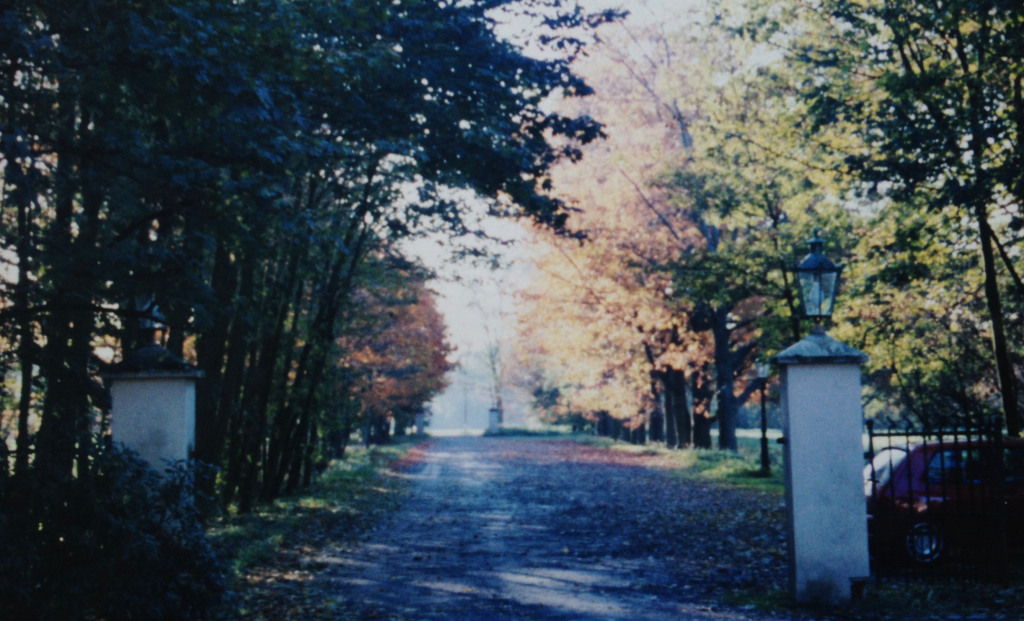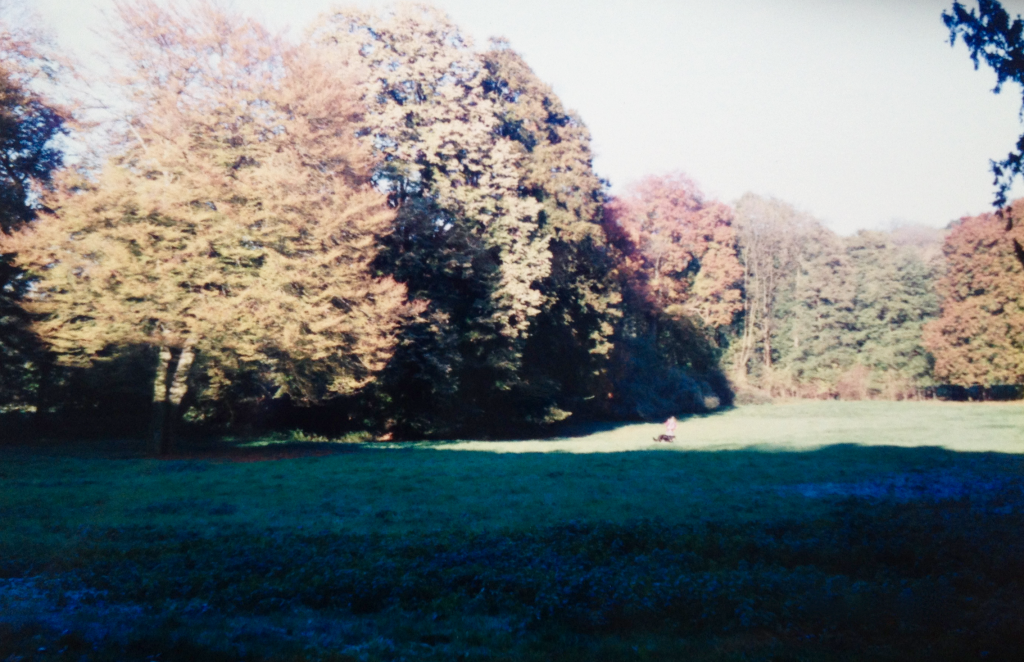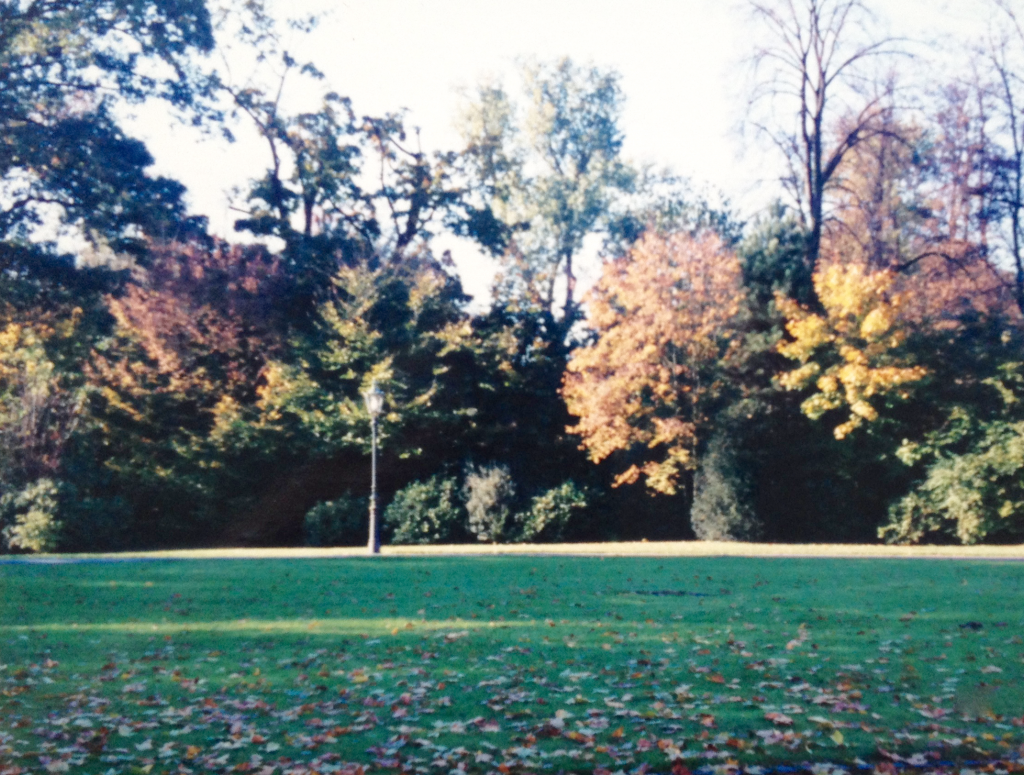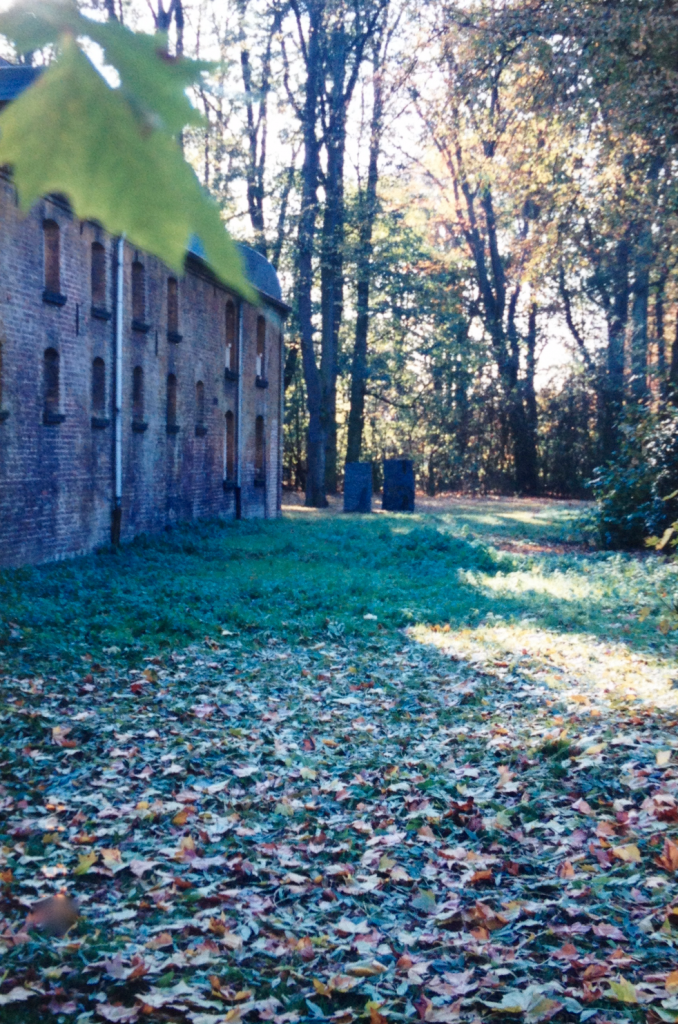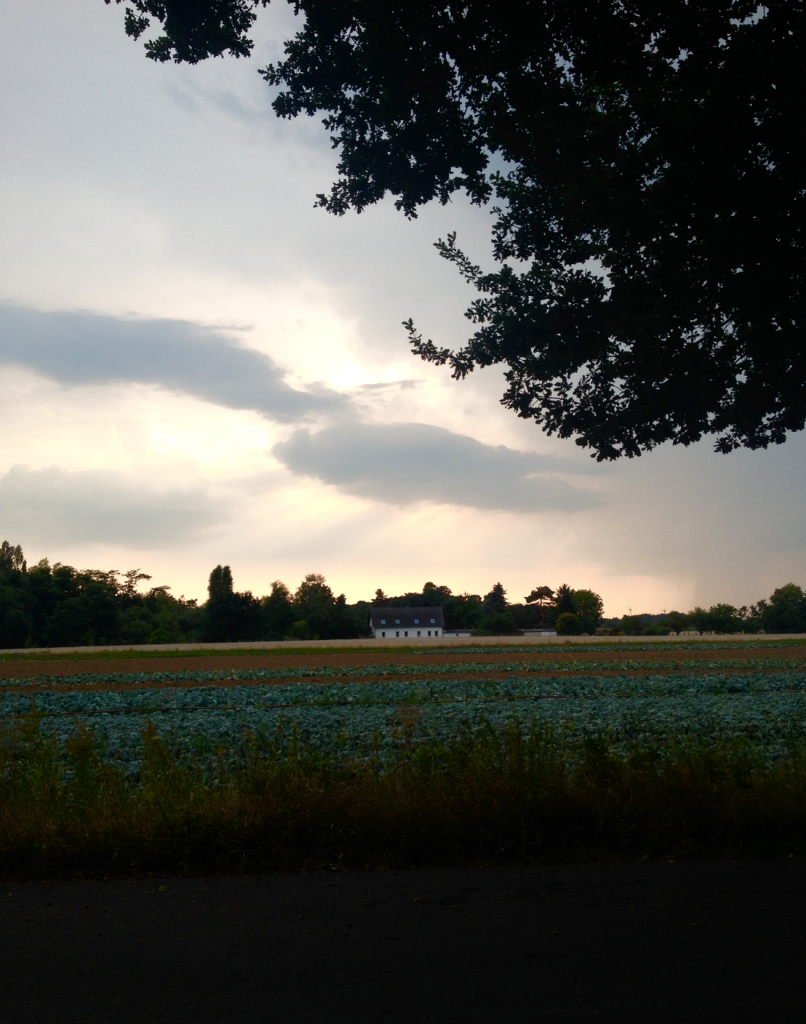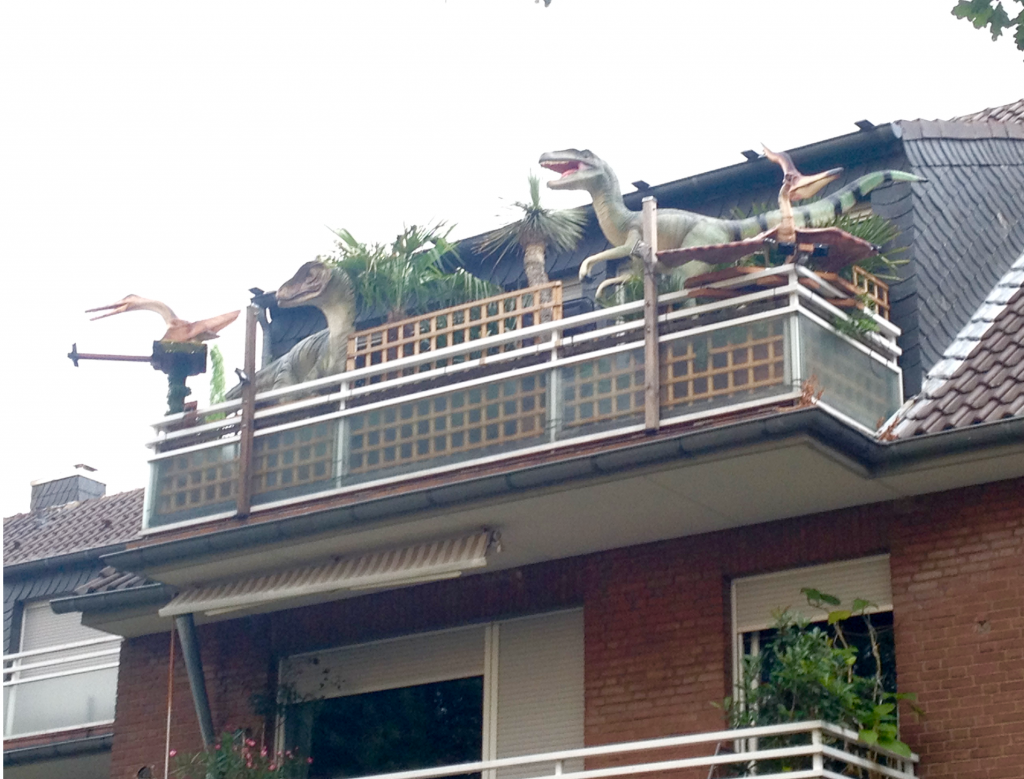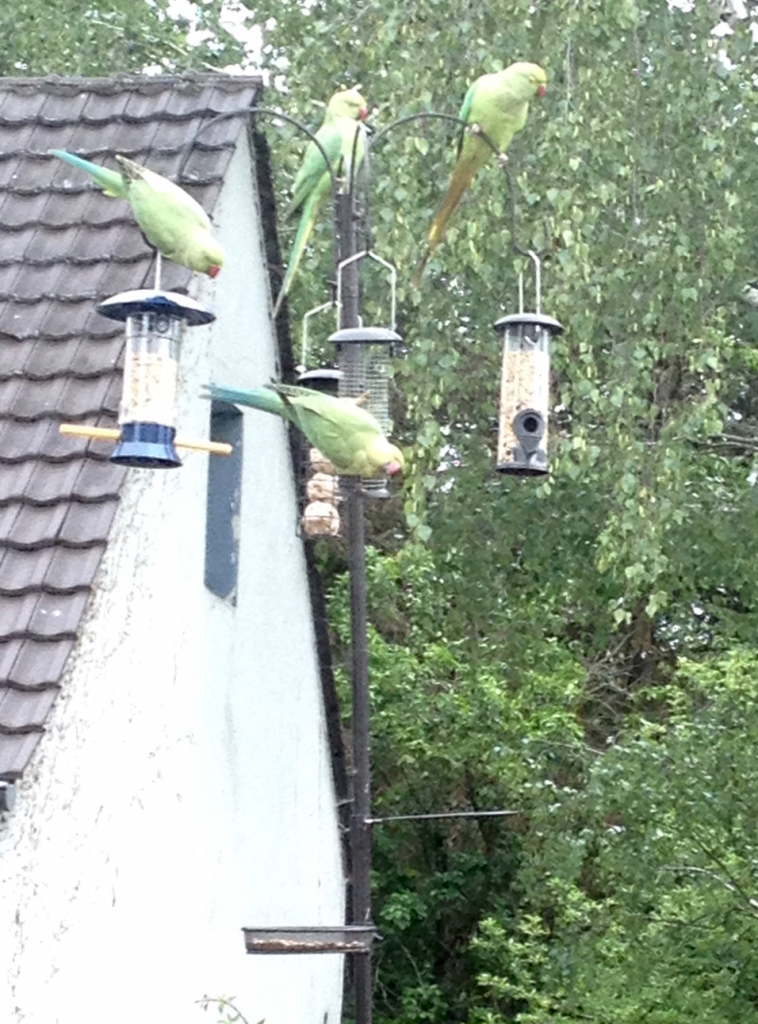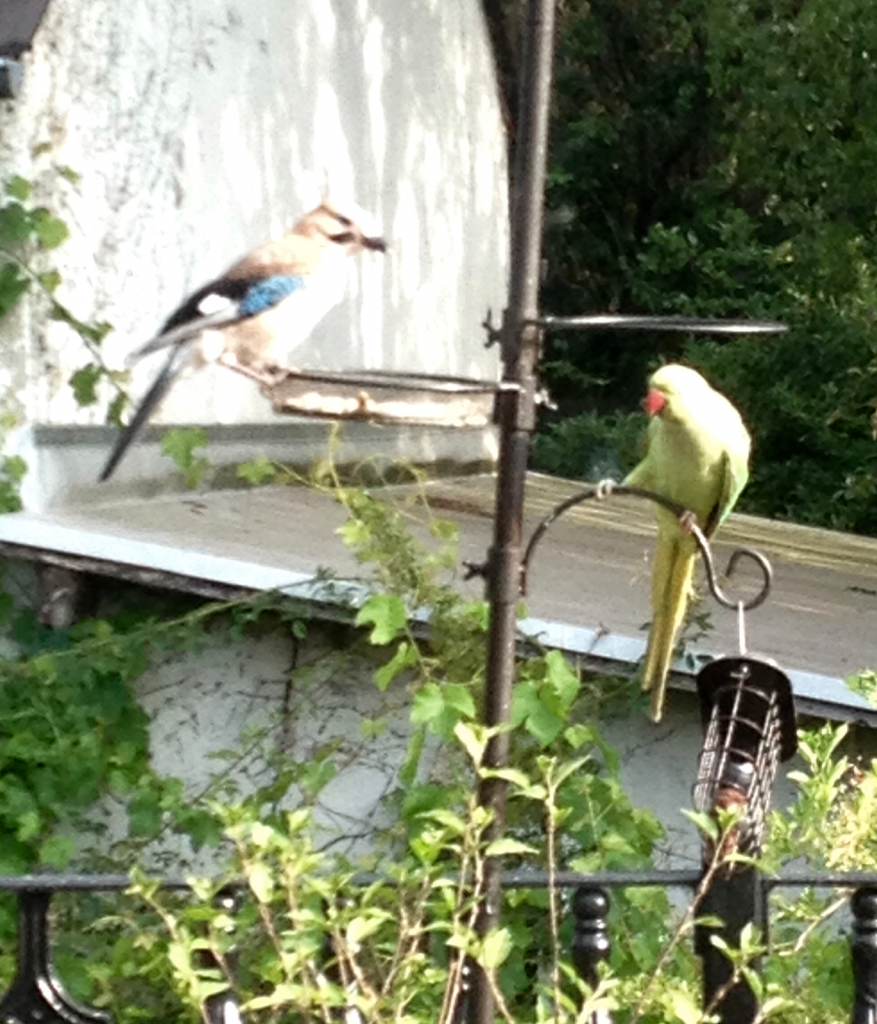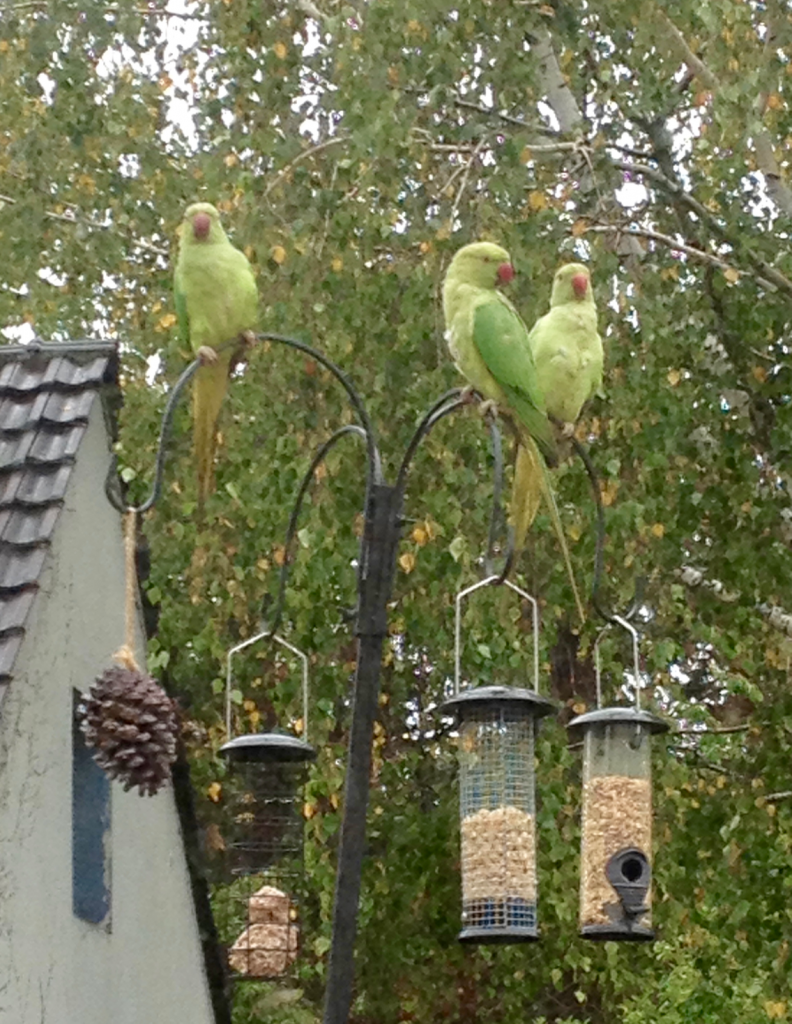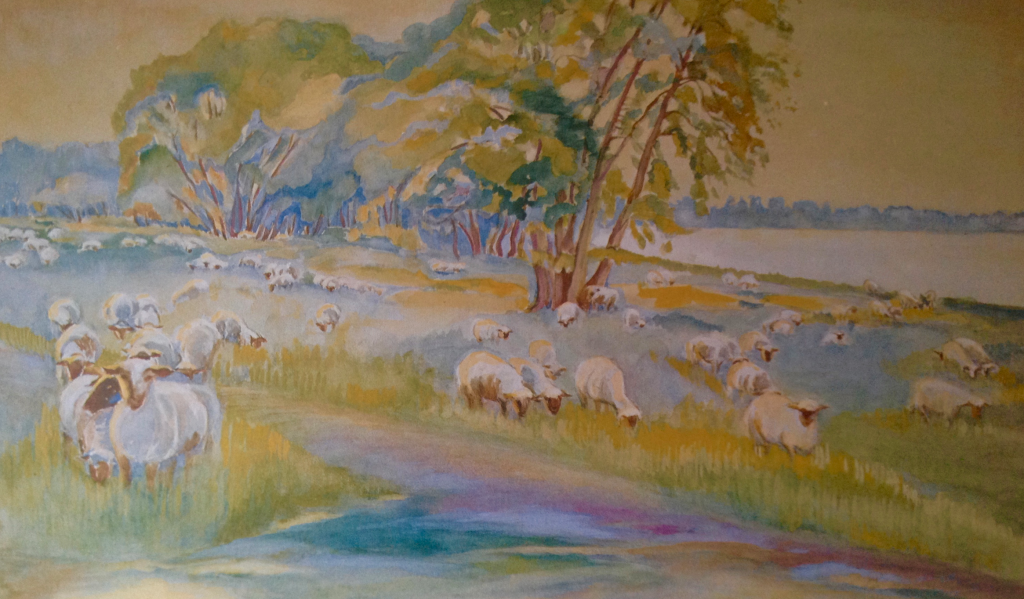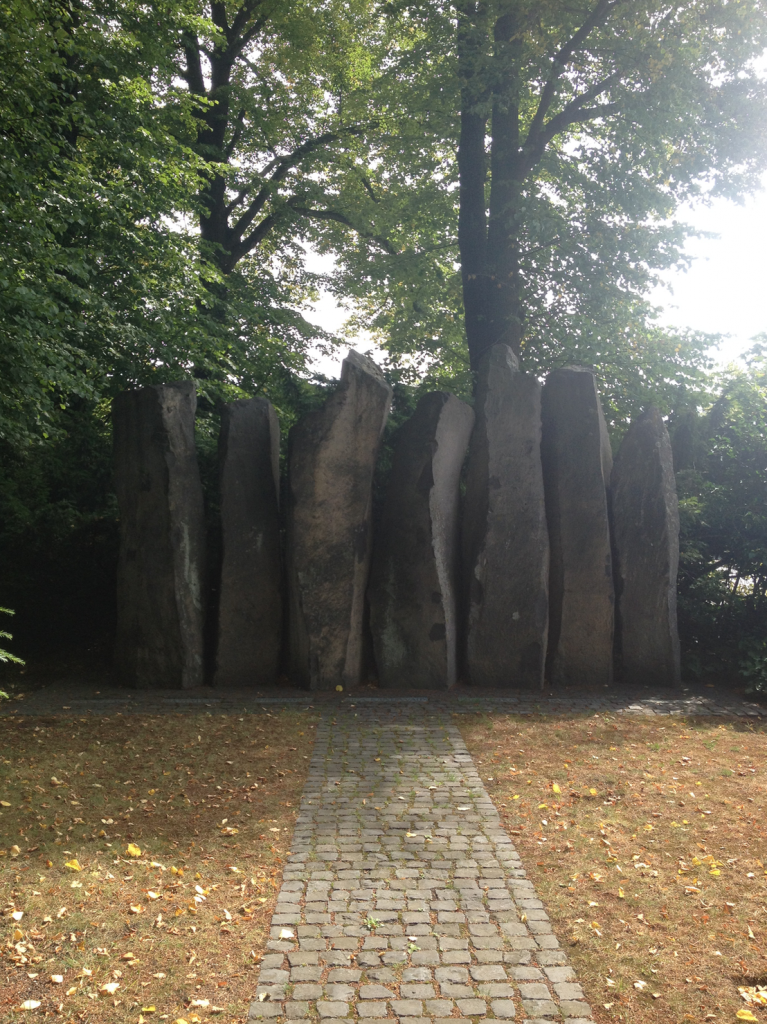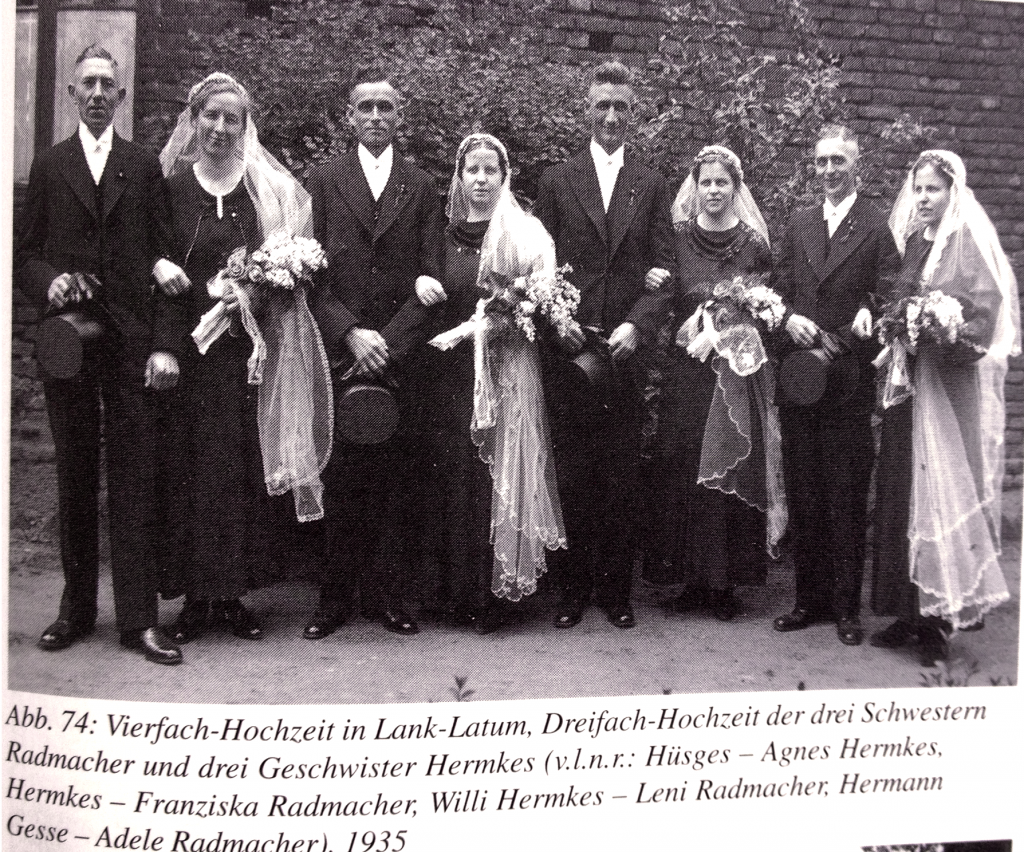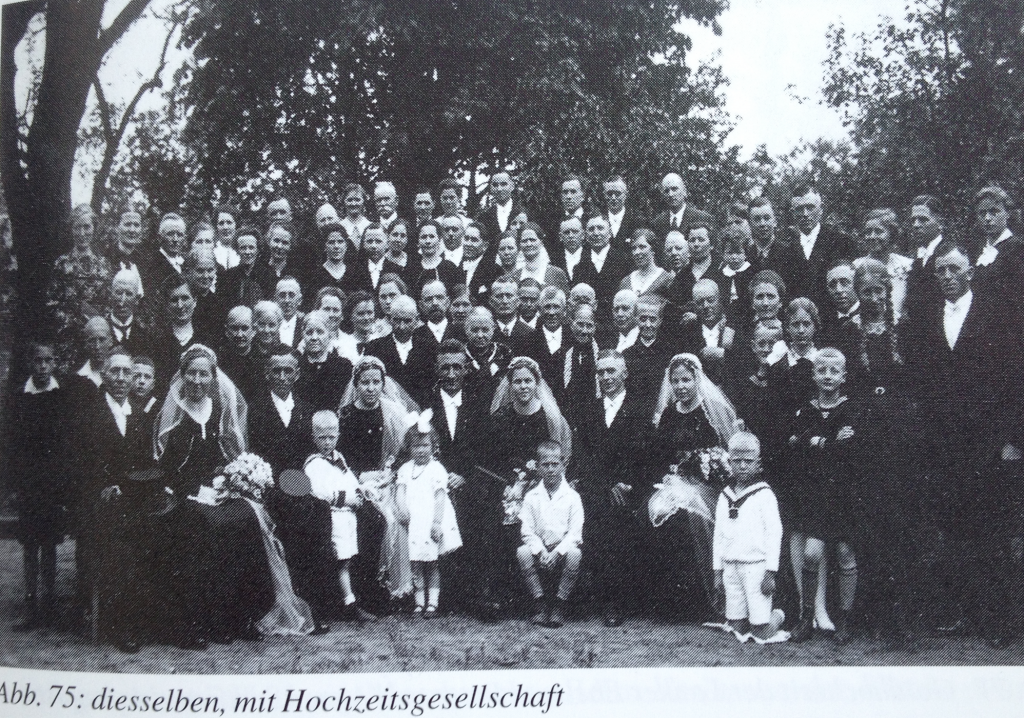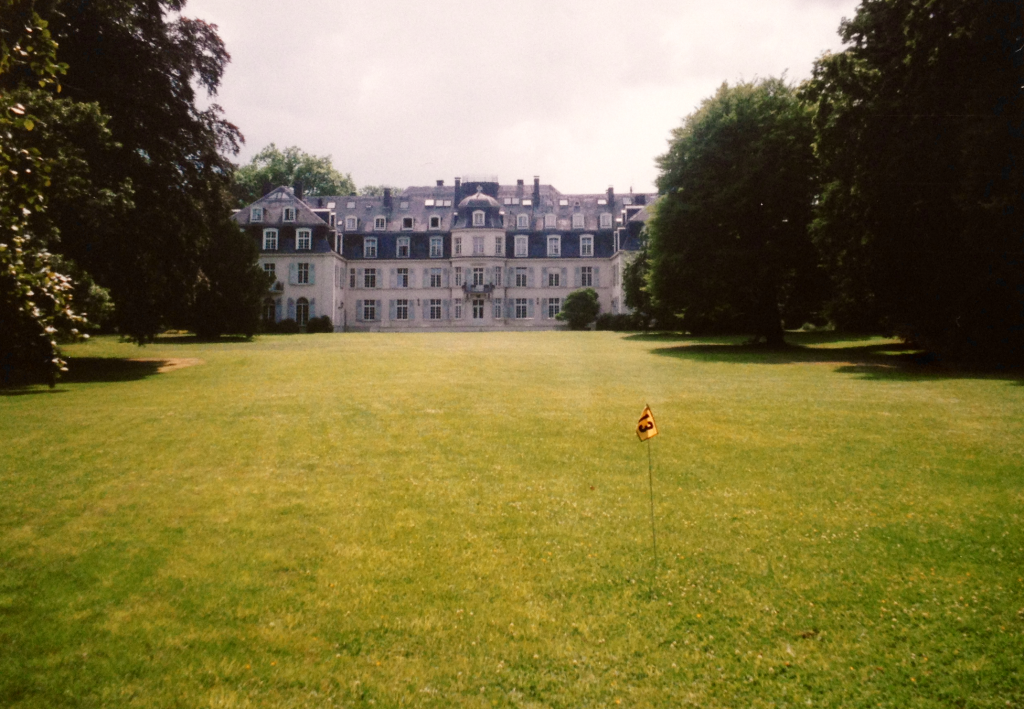One of the sources I used while writing The Devil’s Missal was the journal of Steven Jan de Geuns, a Dutch academic who travelled extensively through Germany in the company of Alexander von Humboldt, passing through Meerbusch on 26th October 1789.
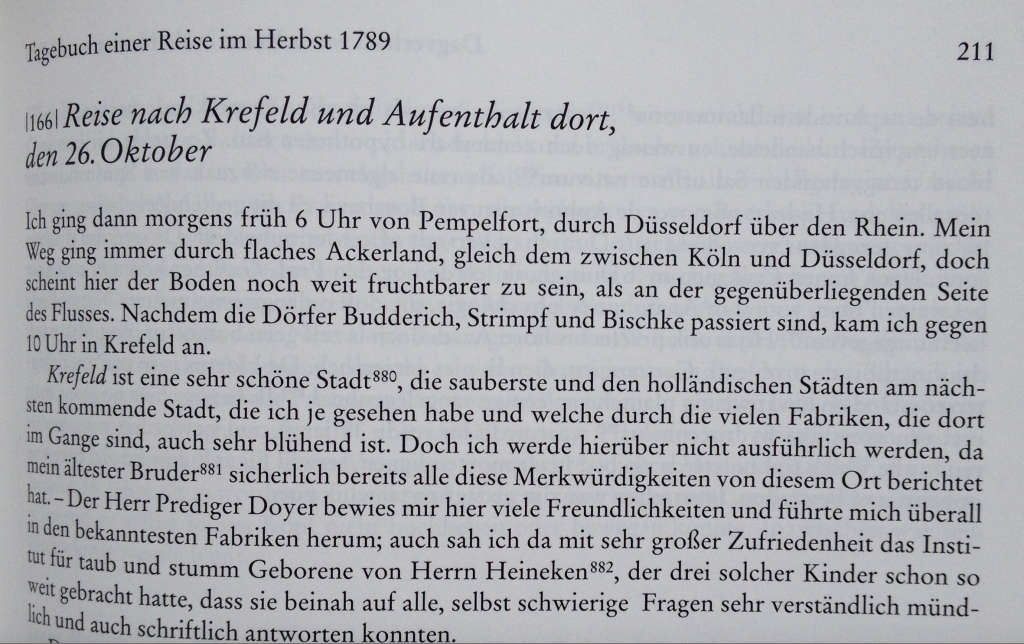
De Geuns waxed lyrical about Krefeld, calling it a beautiful city, clean and the closest to a Dutch city that he had seen (being a Dutchman himself, presumably this was high praise). His sightseeing tour of the city appears to have consisted of a tour of several factories. Meerbusch is mentioned only as consisting of fertile agricultural land. Which sounds about right for the period.
